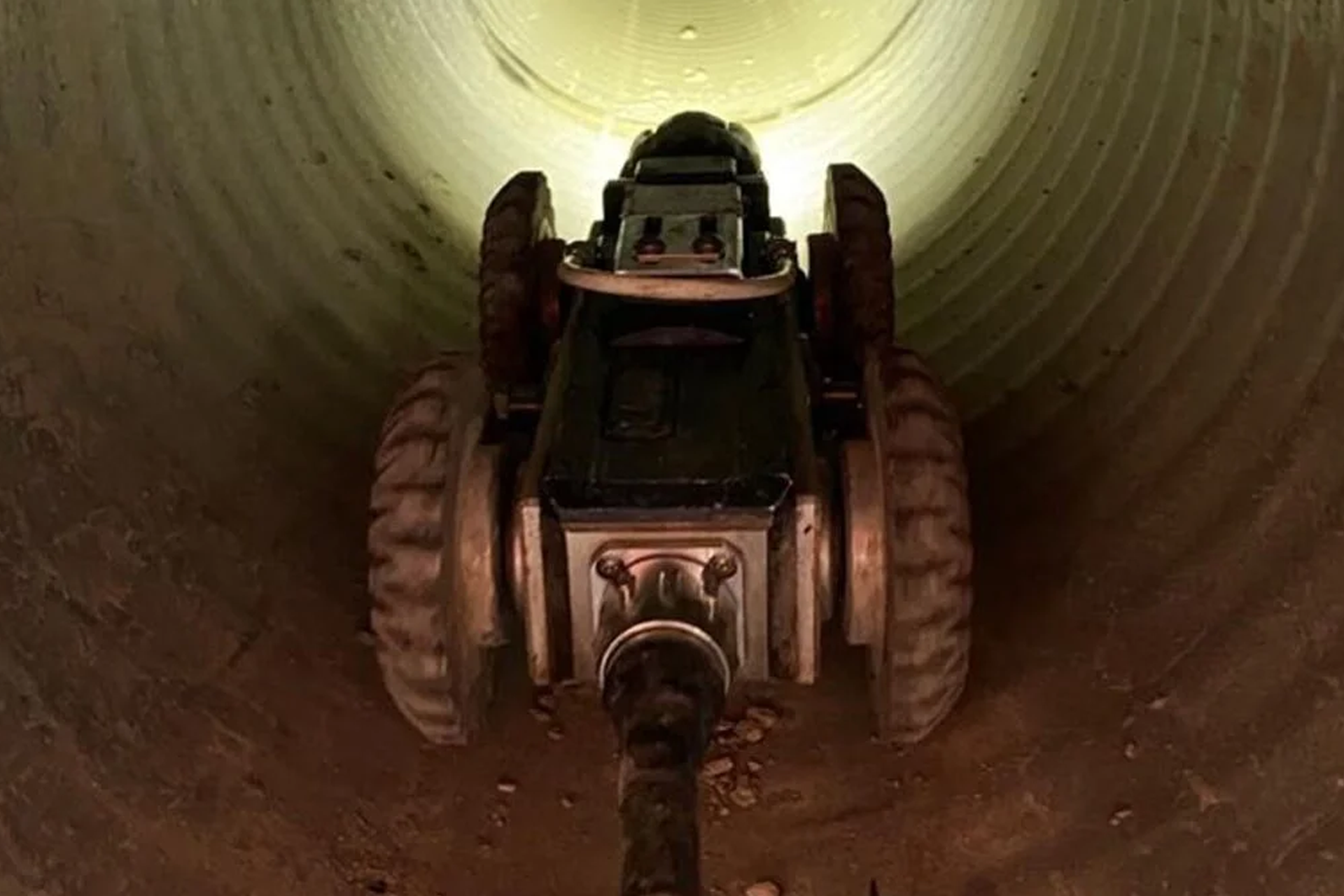The Facts About Reclaim Waste Uncovered
The Facts About Reclaim Waste Uncovered
Blog Article
The Ultimate Guide To Reclaim Waste
Table of Contents5 Easy Facts About Reclaim Waste DescribedReclaim Waste for Beginners7 Easy Facts About Reclaim Waste ShownNot known Facts About Reclaim WasteTop Guidelines Of Reclaim Waste
Residential sewage waste refers to the waste and products from a domestic septic storage tank. The appropriate monitoring and disposal of domestic sewage waste require fluid waste to be moved to a sewer treatment plant where the correct approaches and equipment are used to cleanse and dispose of waste.
Commercial waste frequently includes possible dangers, such as flammable materials or a combination of fluid and solid waste products, and needs an extra innovative and thorough disposal procedure. The disposal of commercial waste usually includes the filtering of waste prior to transportation to make certain risk-free and correct disposal. Industrial waste is created from by-products and runoff of industrial processes and production.
This type of waste can not make use of the same sewer administration transport or processes as septic or industrial liquids. The hazardous waste monitoring process calls for the inspection and testing of liquid waste prior to it goes through the disposal procedure (industrial wastewater treatment). Drainage waste is the liquid waste that comes from runoff and excess stormwater in highly booming locations or cities
Runoff waste can trigger contamination and flooding if not handled properly. Making certain correct waste administration can prevent disasters and lower ecological harm.
The Ultimate Guide To Reclaim Waste
Get in touch with PROS Providers today to discover our waste administration and disposal services and the appropriate methods to take care of the fluid waste you generate.
(https://justpaste.it/fauht)Do you know what happens to your water when you disengage, flush the commode or drain the washing maker? No? Well, it's worth recognizing. This so-called 'wastewater' is not just an important source yet, after treatment, will certainly be launched to our land, rivers or the ocean. Utilized water from commodes, showers, baths, kitchen sinks, laundries and industrial procedures is called wastewater.

water used to cool equipment or clean plant and equipment). useful link Stormwater, a form of wastewater, is runoff that streams from agricultural and urban locations such as roofings, parks, yards, roads, courses and rain gutters right into stormwater drains pipes, after rain. Stormwater flows untreated straight to regional creeks or rivers, at some point reaching the sea.
An Unbiased View of Reclaim Waste
In Queensland, a lot of wastewater is dealt with at sewage treatment plants. Wastewater is transferred from residential or industrial websites with a system of drains and pump terminals, understood as sewerage reticulation, to a sewer therapy plant. City governments build, preserve and run most sewage treatment plants. Operators are accredited under the Environmental Security Act 1994 to discharge treated wastewater at an appropriate ecological criterion right into rivers.
The Division of Natural Resources recommends city governments regarding handling, operating and keeping sewerage systems and therapy plants. In unsewered locations, local federal governments may call for owners to mount private or home sewage therapy systems to deal with domestic wastewater from bathrooms, cooking areas, bathrooms and laundries. The Division of Natural Resources authorizes using family systems when they are confirmed to be reliable.
In some brand-new neighborhoods, therapy of some stormwater to remove clutter, sand and crushed rock has actually started utilizing gross contaminant catches. Wastewater therapy occurs in 4 stages: Gets rid of solid issue.
Wastewater then moves right into huge tanks where solids settle and are gotten rid of as sludge. Oil and residue are skimmed from the surface. Utilizes small living organisms called micro-organisms to break down and remove remaining liquified wastes and fine particles. Micro-organisms and wastes are incorporated in the sludge. Gets rid of nitrogen and phosphorus nutrients that might create algal blossoms in our waterways and endanger marine life.
8 Simple Techniques For Reclaim Waste
Nutrient removal is not readily available at all sewer therapy plants since it needs expensive specialised tools. It is coming to be extra usual in Queensland. Clear fluid effluent generated after treatment may still consist of disease-causing micro-organisms. If this effluent is released into waterways such as rivers or the sea, the micro-organisms will eventually pass away out.

This generally suggests wastewater has to be dealt with or impurities removed before it can be released to rivers. Most wastewater streams right into the sewage system. Under the Act, neighborhood federal governments administer authorizations and permits for eco appropriate activities (Periods) entailing wastewater releases that may have a neighborhood effect. The division provides authorizations and permits to Periods including wastewater releases that could have a regional or statewide effect.
3 Easy Facts About Reclaim Waste Described
Or else, examples are considered research laboratory analysis. Often several tests are required to develop the levels of each of the various pollutants such as oils, heavy steels and pesticides in water. Monitoring provides factual info regarding water quality and can verify that licence problems are being satisfied. The information gotten via surveillance gives the basis for making water quality decisions.
Report this page